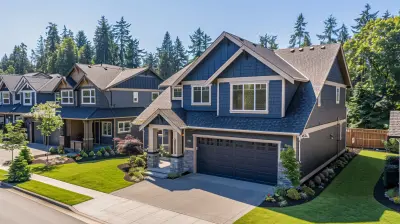How to Find Wildlife-Friendly Properties in Rural Areas
25 November 2025
So you're daydreaming about owning a slice of paradise far from the city noise—somewhere peaceful, filled with birdsong, and maybe a curious deer or two passing through your backyard. Sound familiar? If you're nodding along, chances are you're on the hunt for a rural property that not only gives you space but also embraces the wildlife around it.
Finding wildlife-friendly properties in rural areas isn’t just about grabbing the first plot of land you see with a few trees. It takes a little know-how, a curious eye, and a bit of patience. But trust me, it's worth the effort. Let’s break it down step-by-step so you can start your journey with clarity and confidence.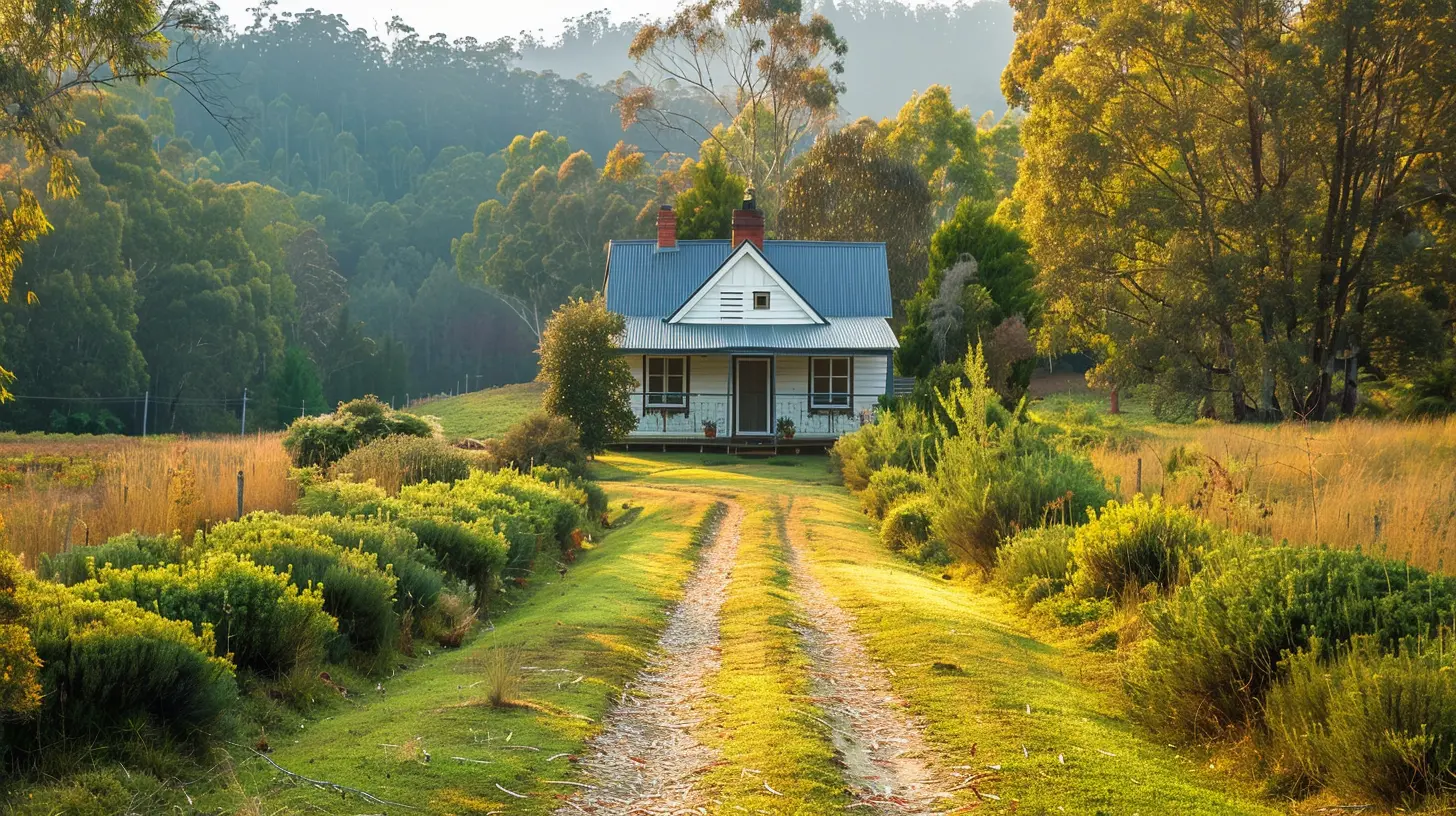
Why Choose a Wildlife-Friendly Property?
Before we dive into how to find one, let’s talk about why you'd want one in the first place.Living in harmony with nature isn’t just about having a pretty view. It's a lifestyle. It's waking up to the sound of chirping birds instead of car horns. It’s knowing your home is a safe haven for local creatures. And honestly, it just feels good to be part of something bigger than yourself.
Plus, investing in a wildlife-friendly property helps protect biodiversity. You’re literally part of the solution, not the problem. Cool, right?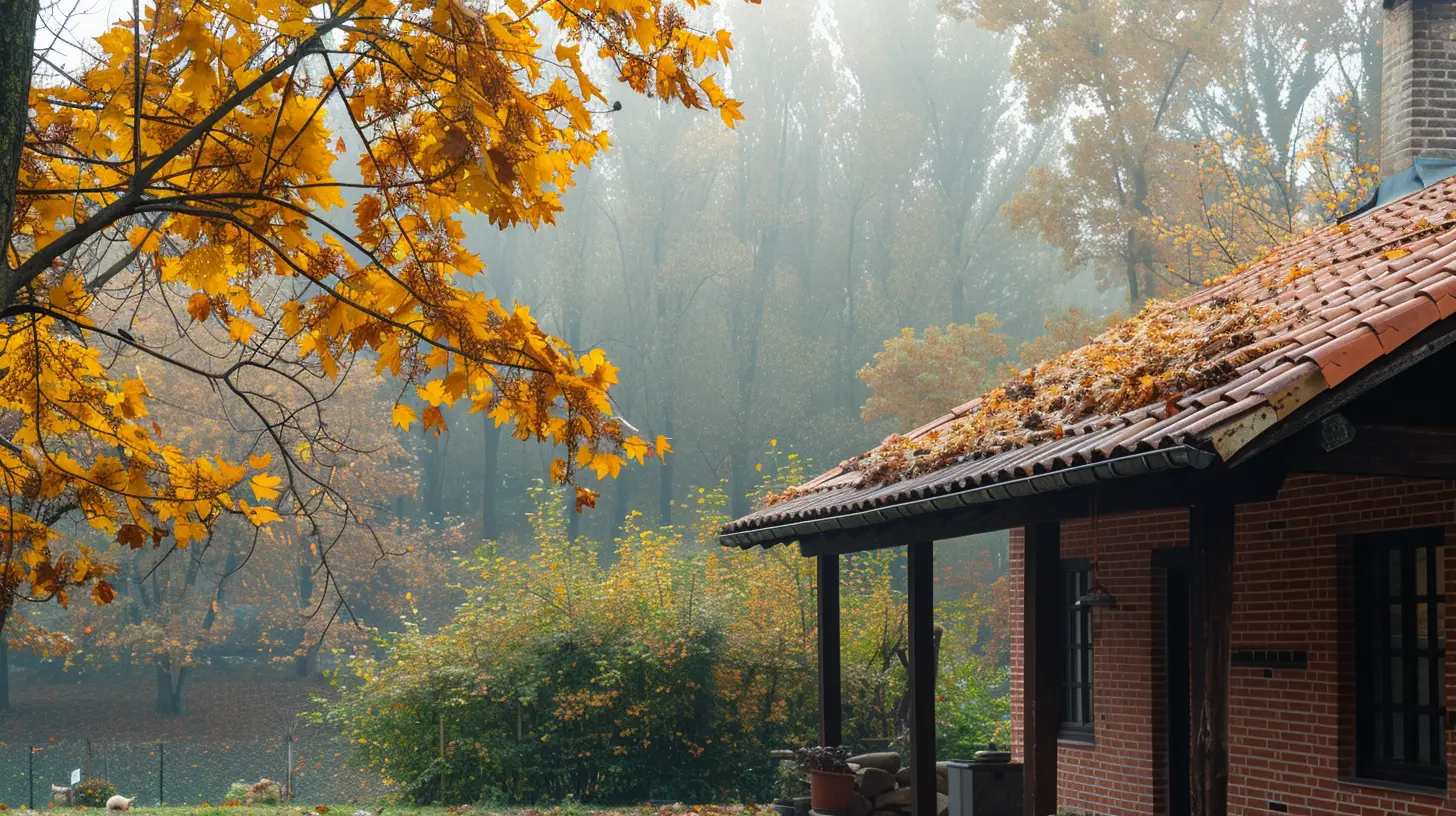
What Defines a Wildlife-Friendly Property?
Not all rural properties are created equal. Just because a piece of land is out in the country doesn’t mean it checks all the boxes when it comes to supporting local ecosystems.Here are some signs of a wildlife-friendly property:
- Natural Water Sources: Streams, ponds, or wetlands are magnets for birds, amphibians, and mammals.
- Mature Trees and Forested Areas: These provide shelter and food for countless species.
- Native Plant Life: Properties rich in native plants support local insects and, by extension, larger wildlife.
- Low Human Intrusion: Minimal development usually means happier wildlife.
- Wildlife Corridors: Areas that connect larger habitats (like state parks or forests) are ideal for migrating animals.
Basically, you're looking for land where nature feels at home—and where you're just a respectful guest.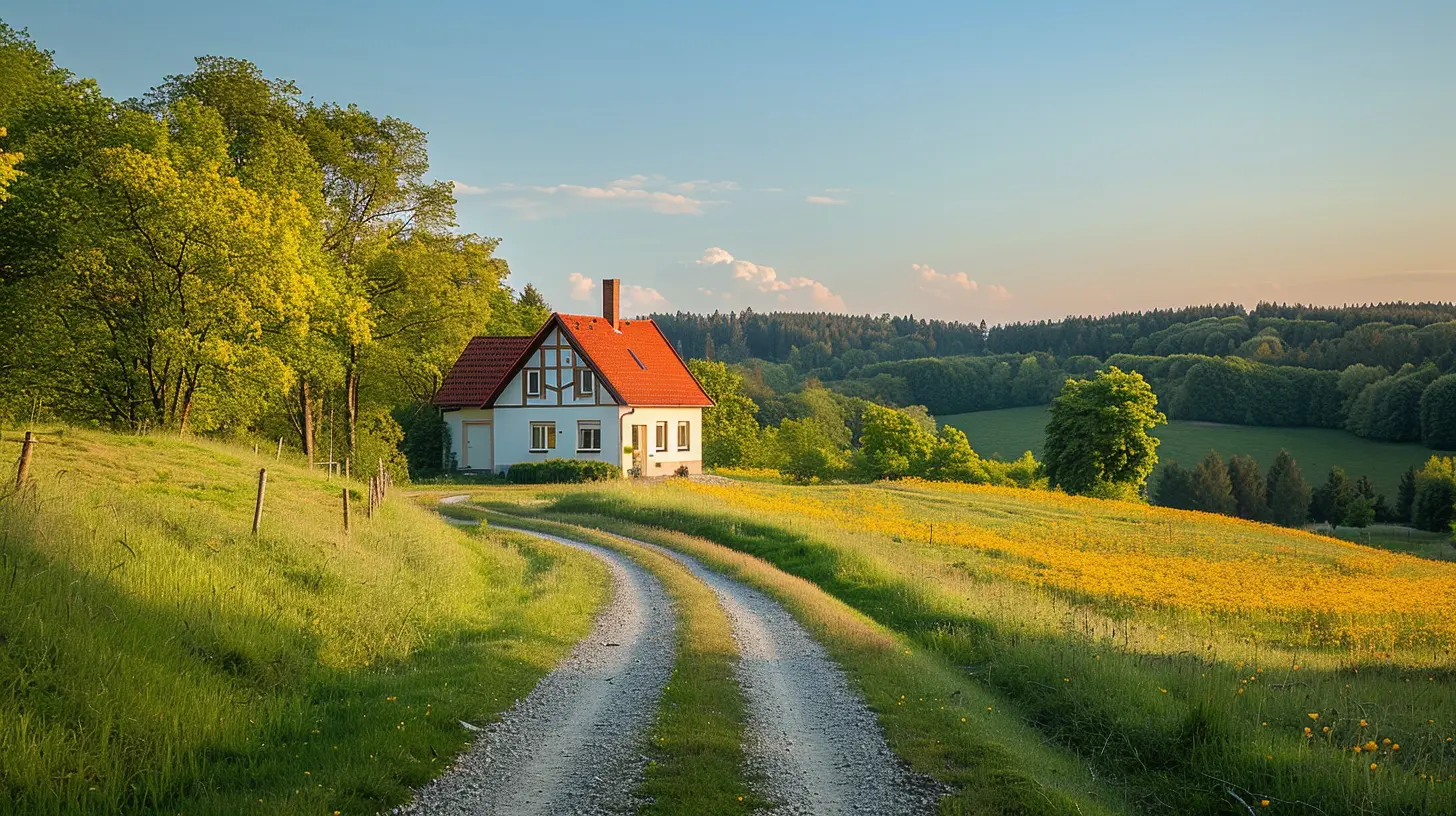
Step-by-Step Guide to Finding Wildlife-Friendly Properties
1. Start with Your "Why"
Here’s a little secret: the best property for _you_ depends on _why_ you want a wildlife-friendly spot in the first place. Are you a bird-watcher? Do you want to photograph wild animals? Or are you simply looking for peace and quiet with an occasional fox crossing your yard?Knowing your goals helps narrow your search.
2. Work with the Right Real Estate Agent
Let’s be real—a lot of agents are great at selling homes, but not all of them understand the unique needs of nature lovers. You need someone who “gets it.”Look for agents who specialize in rural properties, conservation land, or eco-conscious living. Ask about their experience with wildlife-friendly homes. If they look confused when you mention “pollinator gardens,” move on.
3. Scout Out the Right Location
Some places are just more wildlife-rich than others. Do a bit of research. Look for properties near:- National or state parks
- Wildlife refuges
- Protected forests or conservation easements
These areas naturally attract wildlife and have regulations that often support healthy ecosystems.
Also, consider the overall region. A property in Northern California, for example, will have a totally different wildlife profile than one in Maine. Think about what types of animals and environments excite you the most.
4. Check Zoning and Land Use Laws
Here’s a not-so-fun but super important part. You’ll want to make sure there aren’t any restrictions that could limit how you use your property—or worse, invite future development nearby.Check local zoning laws, hunting regulations, and any conservation easements that might affect land use. Some areas might be off-limits for extensive building or tree removal, which could actually be a plus if you want to keep things natural.
5. Visit the Property Multiple Times
This is where your inner "nature detective" comes in. Don’t just rely on photos or a one-time tour. Visit the property during different times of the day and in varying seasons if you can. Here’s what to look for:- Animal tracks or droppings
- Bird activity
- Rustling in the brush (hello, squirrels!)
- Evidence of native plant life
- Nearby food and water sources
Bring binoculars, a field guide, and maybe a notepad. You’re essentially interviewing the land to see if it’s the right fit.
6. Consider Building Impact
If you’re buying raw land or considering renovations, be thoughtful with how you build. Wildlife-friendly properties stay that way when we don’t bulldoze everything in sight.Choose sustainable building practices like:
- Minimal land clearing
- Retaining native vegetation
- Installing wildlife crossings or fencing that still allows animals to move freely
- Using non-toxic materials
Think of yourself as a guest in Mother Nature’s house—and try not to rearrange the furniture too much.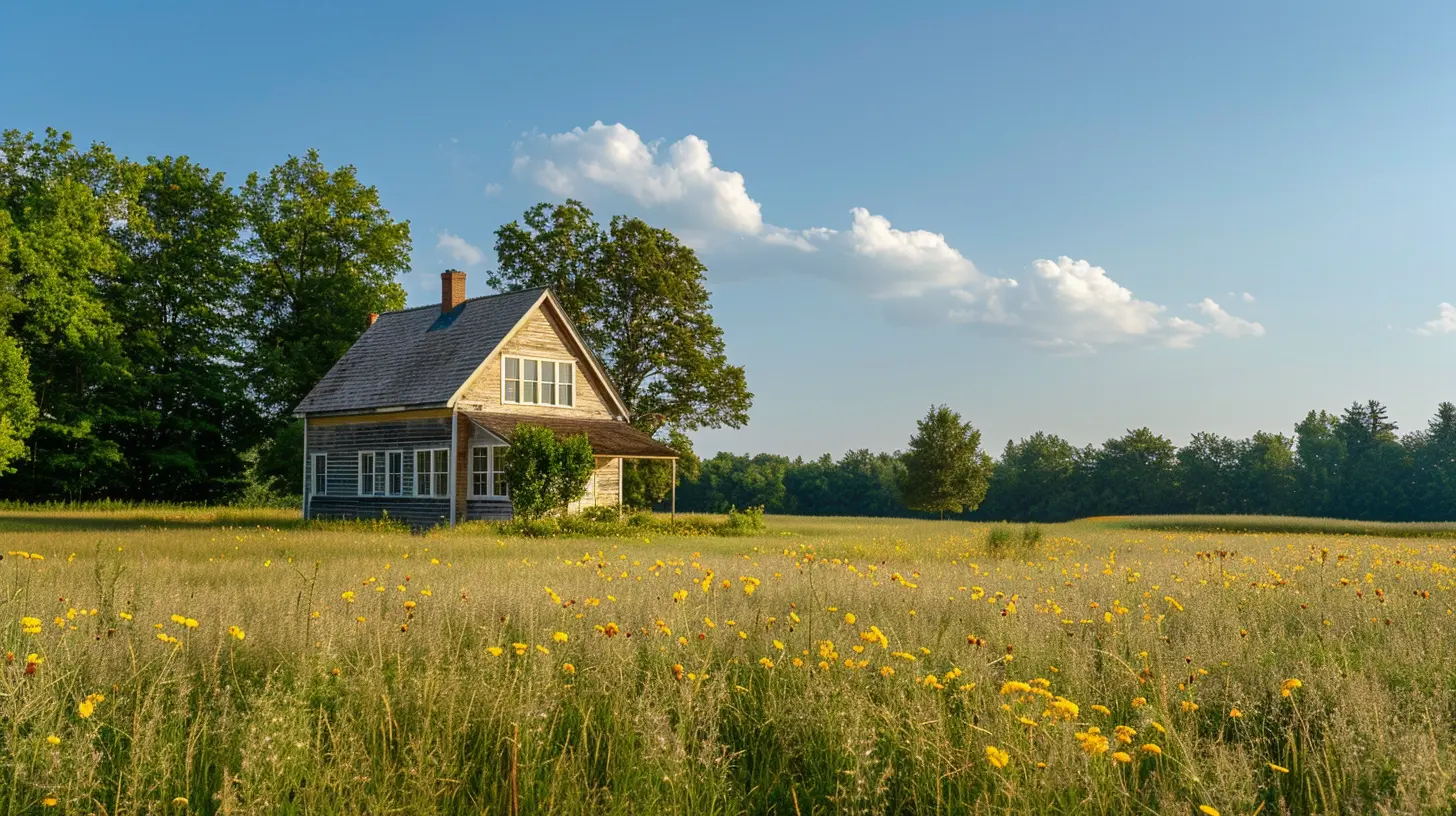
Tips to Make Your Property Even More Wildlife-Friendly
So let’s say you find a place that’s already pretty great. Awesome! But why stop there? Here are a few extra tips to turn your rural retreat into a true wildlife haven.🐝 Plant a Pollinator Garden
Bees, butterflies, and hummingbirds love native flowers. Bonus: it makes your yard look like a scene from a fairy tale.🦉 Install Nesting Boxes
Birdhouses and bat boxes encourage nesting, especially in areas without many mature trees.🐾 Leave Some “Mess”
Yes, seriously. A dead log or pile of leaves might look messy to us, but it’s like a luxury hotel for bugs and small animals.🚫 Say No to Pesticides
Avoid chemicals that can kill off insects (aka food sources). Go organic and let nature do its thing.💡 Keep Outdoor Lighting Low
Artificial lighting can confuse nocturnal animals. Use motion-activated, downward-facing lights instead of floodlights.Red Flags to Watch Out For
Unfortunately, not every rural property lives up to the rustic fantasy. Keep your eyes peeled for these red flags:- Cleared forests with no underbrush – Bad news for nesting birds and small mammals.
- Active farming with heavy pesticide use – Not ideal for attracting wildlife.
- Loud highways nearby – Animals prefer peace and quiet, just like you.
- Significant development next door – Future neighbors might not share your love for wildlife.
If a property checks only one or two of these boxes, it might be okay. But several? Probably not your dream spot.
Getting Involved in Conservation
Want to go a step further? Look into local conservation groups. Some offer incentives or tax breaks for managing your land in a way that supports native species and habitats.You could even apply for your property to become a certified wildlife habitat through organizations like the National Wildlife Federation. It’s like getting a gold star for being awesome to animals.
The Joy of Coexisting with Nature
At the end of the day, living on a wildlife-friendly property is about being part of a bigger picture. You’re not just buying land; you’re buying into an experience. One where you trade honking horns for hooting owls, and Wi-Fi signals for wildflowers.Sure, it takes a bit more effort upfront. But the payoff? It’s a life that nourishes your soul.
If that sounds like your kind of paradise, then a wildlife-friendly rural property might just be the perfect match for you.
Final Thoughts
Finding wildlife-friendly properties in rural areas isn’t just about location—it’s about mindset. It’s about choosing to live in a way that respects the land and the creatures that call it home.With a little research, some patience, and the right team on your side, you can find a place where you not only live—but truly thrive with nature.
So grab that pair of hiking boots, load up your favorite nature app, and start dreaming bigger. Your wild retreat is out there waiting for you.
all images in this post were generated using AI tools
Category:
Rural PropertiesAuthor:

Vincent Clayton
